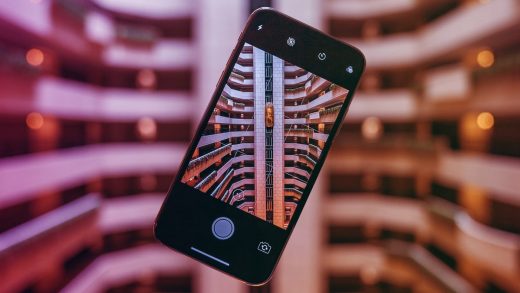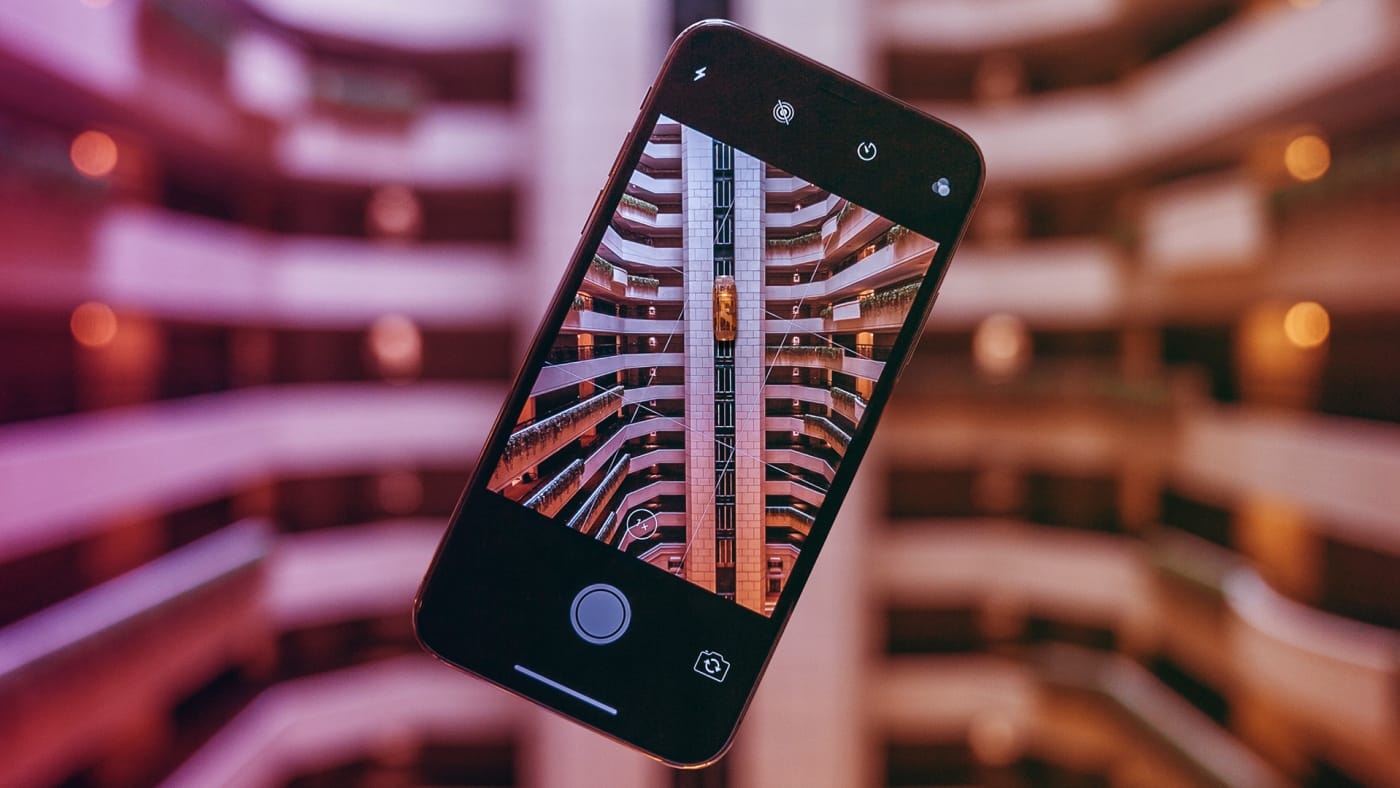Apple’s more service-oriented future brings new challenges
Among the standouts in Apple’s stellar Q3 results on Tuesday was the company’s Services category. Encompassing offerings such as iTunes, Apple Music, Apple Care, Apple Pay, the App Store, and the iCloud services, it set a record with $9.5 billion in revenue. As Jason Snell pointed out at Macworld, that’s double what it was three and a half years ago.
It’s an impressive achievement, but does it matter for the average Apple user? Over time, it sure might. The iPhone X did extremely well in the quarter, showing that people are willing to pay a premium price for a premium phone. But overall, iPhone sales were flat. On Apple’s’s call for financial analysts, CEO Tim Cook said he’s fine with that. For one thing, the higher selling price of the iPhone X lifted the average selling price of an iPhone for the quarter from $606 to $724, even on those flat unit sales. But higher phone prices could well lead to longer upgrade cycles, which eventually could lead to lower revenue even with higher-priced phones. And as new phone features have gotten more evolutionary than revolutionary, it gets easier to wait one more year.
So where can Apple look for additional sources of revenue? For awhile now, services have looked like a good candidate. Back in May, Fortune’s Don Reisinger reported on an interview with with GBH Insights analyst Daniel Ives, who estimated the business generates gross margins in the “mid-50% range.” Ives also said that he believes there’s a “tailwind for margins” in services that will push revenues higher. Just three months later, that tailwind looks even stronger.
With that in mind, it’s no surprise that Apple is putting such focus on services. Unlike hardware, services provide renewable, steady revenue, mostly through subscriptions. Apple’s rumored effort to develop it own TV may never have reached fruition, but its investment in creating video content is starting to, and it looks like the company is doubling down, with multiple development deals, strategic hires, and partnerships with media moguls who need only one name: “Oprah? Tim. Tim? Oprah.”
But though the services business looks more and more attractive from a revenue standpoint, there are concerns that it could be less appealing to customers than Apple’s historic mainstays. Buying a shiny new iPhone is exciting. Paying your cable bill? Not so much. And some observers are concerned that Apple could look like it’s nickel-and-diming its customers, or at least making decisions that are less than consumer friendly, especially when the company’s customers are used to getting a lot of Apple services provided for free.
For example, Daring Fireball’s John Gruber says that he thinks Apple’s focus on generating revenue from services is “keeping them from doing what’s right–increasing the base iCloud storage from 5 GB to something more reasonable.” There’s also been speculation on how Apple would charge for additional services: Roll them into existing services at the same cost to consumers, add them with a price hike, or create new services with their own individual price points.
As the phone market matures and upgrade cycles slow, Apple may have to look elsewhere if it wants to stay on its current growth trajectory. That may lead to more innovation in health care, fitness, wearables, and other fields. It may lead to products people can’t wait to pay for. But the company’s latest results show it may also lead to higher-priced premium products and paying more for less sexy services like content and cloud storage.
(34)



